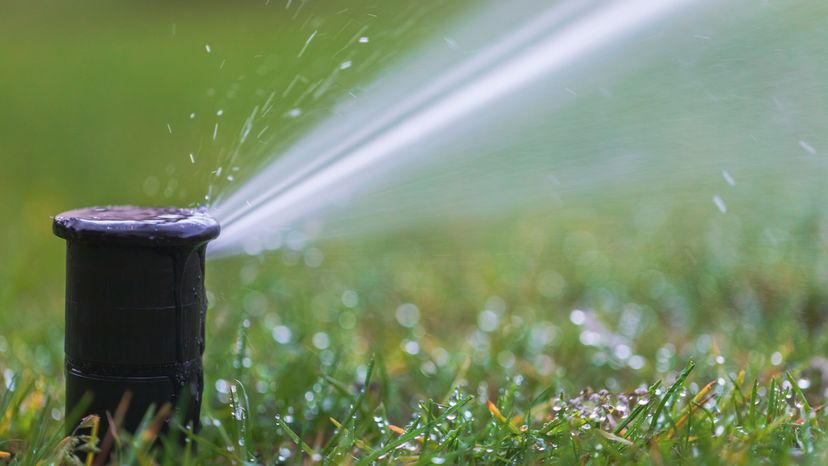
Those living in northern areas that receive frost and snow know how important it is to protect their outdoor property to ensure that it's still operational when the temperatures rise in the spring. Near the top of that to-do list, you should add: "Winterize sprinkler system".
Many homeowners don't know how important this job is to the ongoing functionality and performance of your sprinkler system — and they pay the price for that ignorance! Fortunately, in this article, we'll not only explain how you can blow out draining in your sprinkler system but also reveal the consequences of avoiding this task.
Advertisement